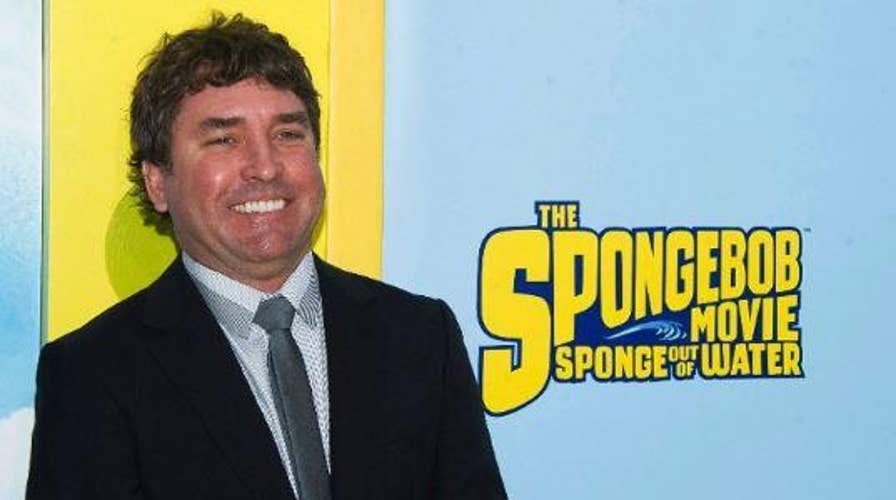57-year-old ‘Spongebob Squarepants’ creator Stephen Hillenburg dead at 57
57-year-old ‘Spongebob Squarepants’ creator Stephen Hillenburg dead at 57 following his battle with ALS.
Stephen Hillenburg, the man behind Nickelodeon’s cartoon series "SpongeBob SquarePants," died on Monday following a battle with ALS. He was just 57.
I grew up on cartoons. For kids like me in the 1970’s, Christmas came every Saturday morning, when the TV Networks turned their programming over to kids.
We didn’t ask why, we just took what was hours of animated shows created just for us (frequently interrupted by commercials for sugary cereal).
The cartoons I favored were from Warner Brothers, featuring the “Looney Tunes” characters of Bugs, Daffy, Elmer Fudd, Yosemite Sam, and Foghorn Leghorn. They were absolutely, joyously irreverent and took kids on a fast-paced adventure of lunacy.
As time went by, TV animation became a more mass-produced and by-the-numbers affair. We still watched them, but the material never reached the heights of the old Warner Brothers classics.
Over the last 30 years Disney and Pixar brought an animation renaissance back to movie theatres, but as far as I was concerned, Saturday mornings were never the same. Until “Spongebob Squarepants.”
“SpongeBob SquarePants” began on the Nickelodeon network as a Saturday morning cartoon. Then it went primetime, then hit the big screen, and even became a big splashy Broadway musical.
Like most adult lovers of the show I discovered “SpongeBob SquarePants” through my kids, and it was the first time I remember a modern animated show bringing me back to my youth.
The show's combination of exuberance, innocence and impertinence in every single episode of “SpongeBob SquarePants” was reminiscent of the old Looney Tunes classics. The silly mischievousness of SpongeBob (voiced by the amazing Tom Kenny) matched the delightful naughtiness of Bugs Bunny (voiced by the legendary Mel Blanc).
I don’t know the biography of Stephen Hillenburg, but judging from his age and his work, I bet he grew up as a Saturday morning cartoon kid like myself. I asked my daughter Louise what made Spongebob so special to her, and this is what she said:
“He did so many things that were pointless, but they were funny…and then they ended up having meaning at the end.”
A perfect description of Hillenberg’s most enduring creation, and a fitting epitaph for a great artist.

